Pei-Qiu Huang
A Review on Computational Intelligence Techniques in Cloud and Edge Computing
Jul 27, 2020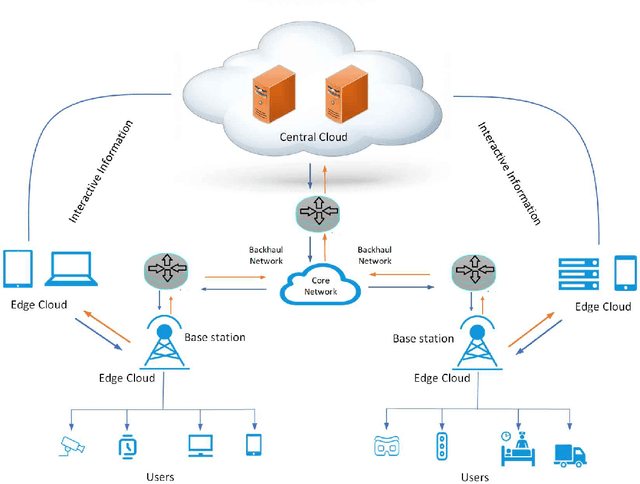
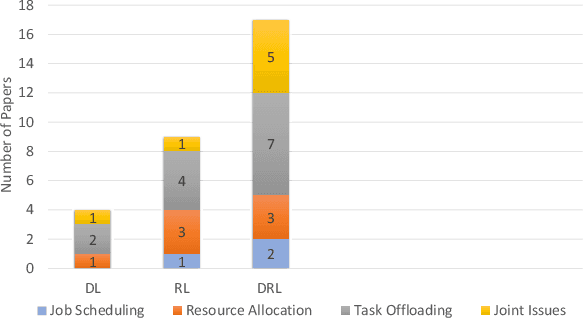
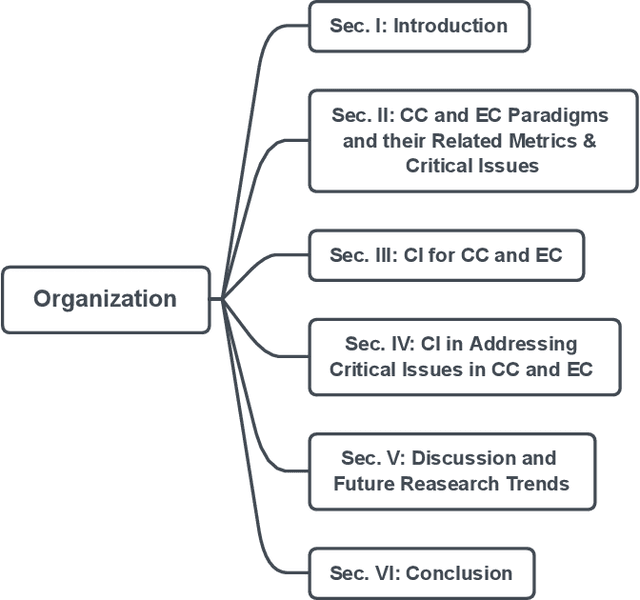
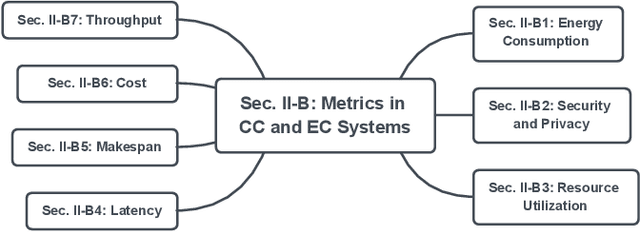
Abstract:Cloud computing (CC) is a centralized computing paradigm that accumulates resources centrally and provides these resources to users through Internet. Although CC holds a large number of resources, it may not be acceptable by real-time mobile applications, as it is usually far away from users geographically. On the other hand, edge computing (EC), which distributes resources to the network edge, enjoys increasing popularity in the applications with low-latency and high-reliability requirements. EC provides resources in a decentralized manner, which can respond to users' requirements faster than the normal CC, but with limited computing capacities. As both CC and EC are resource-sensitive, several big issues arise, such as how to conduct job scheduling, resource allocation, and task offloading, which significantly influence the performance of the whole system. To tackle these issues, many optimization problems have been formulated. These optimization problems usually have complex properties, such as non-convexity and NP-hardness, which may not be addressed by the traditional convex optimization-based solutions. Computational intelligence (CI), consisting of a set of nature-inspired computational approaches, recently exhibits great potential in addressing these optimization problems in CC and EC. This paper provides an overview of research problems in CC and EC and recent progresses in addressing them with the help of CI techniques. Informative discussions and future research trends are also presented, with the aim of offering insights to the readers and motivating new research directions.
A Many-Objective Evolutionary Algorithm with Angle-Based Selection and Shift-Based Density Estimation
Sep 30, 2017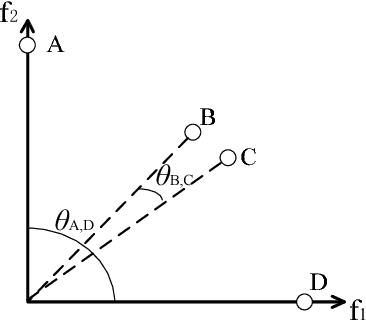
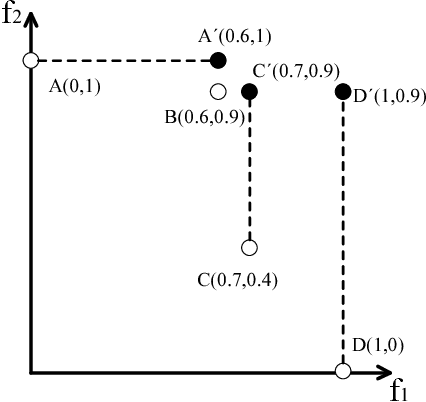
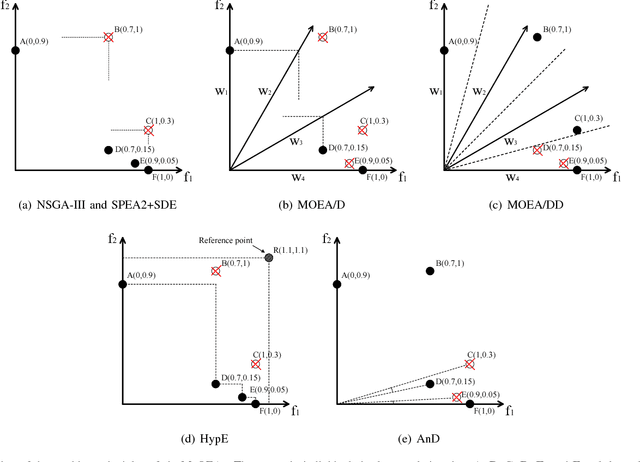
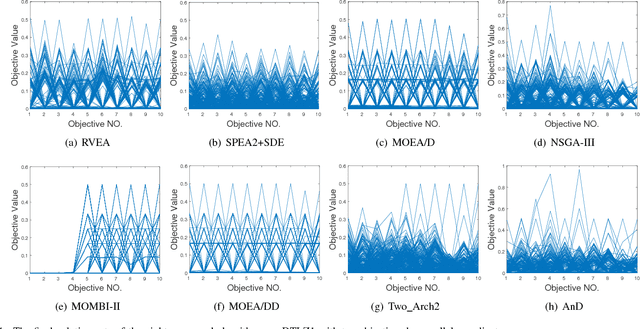
Abstract:Evolutionary many-objective optimization has been gaining increasing attention from the evolutionary computation research community. Much effort has been devoted to addressing this issue by improving the scalability of multiobjective evolutionary algorithms, such as Pareto-based, decomposition-based, and indicator-based approaches. Different from current work, we propose a novel algorithm in this paper called AnD, which consists of an angle-based selection strategy and a shift-based density estimation strategy. These two strategies are employed in the environmental selection to delete the poor individuals one by one. Specifically, the former is devised to find a pair of individuals with the minimum vector angle, which means that these two individuals share the most similar search direction. The latter, which takes both the diversity and convergence into account, is adopted to compare these two individuals and to delete the worse one. AnD has a simple structure, few parameters, and no complicated operators. The performance of AnD is compared with that of seven state-of-the-art many-objective evolutionary algorithms on a variety of benchmark test problems with up to 15 objectives. The experimental results suggest that AnD can achieve highly competitive performance. In addition, we also verify that AnD can be readily extended to solve constrained many-objective optimization problems.
 Add to Chrome
Add to Chrome Add to Firefox
Add to Firefox Add to Edge
Add to Edge